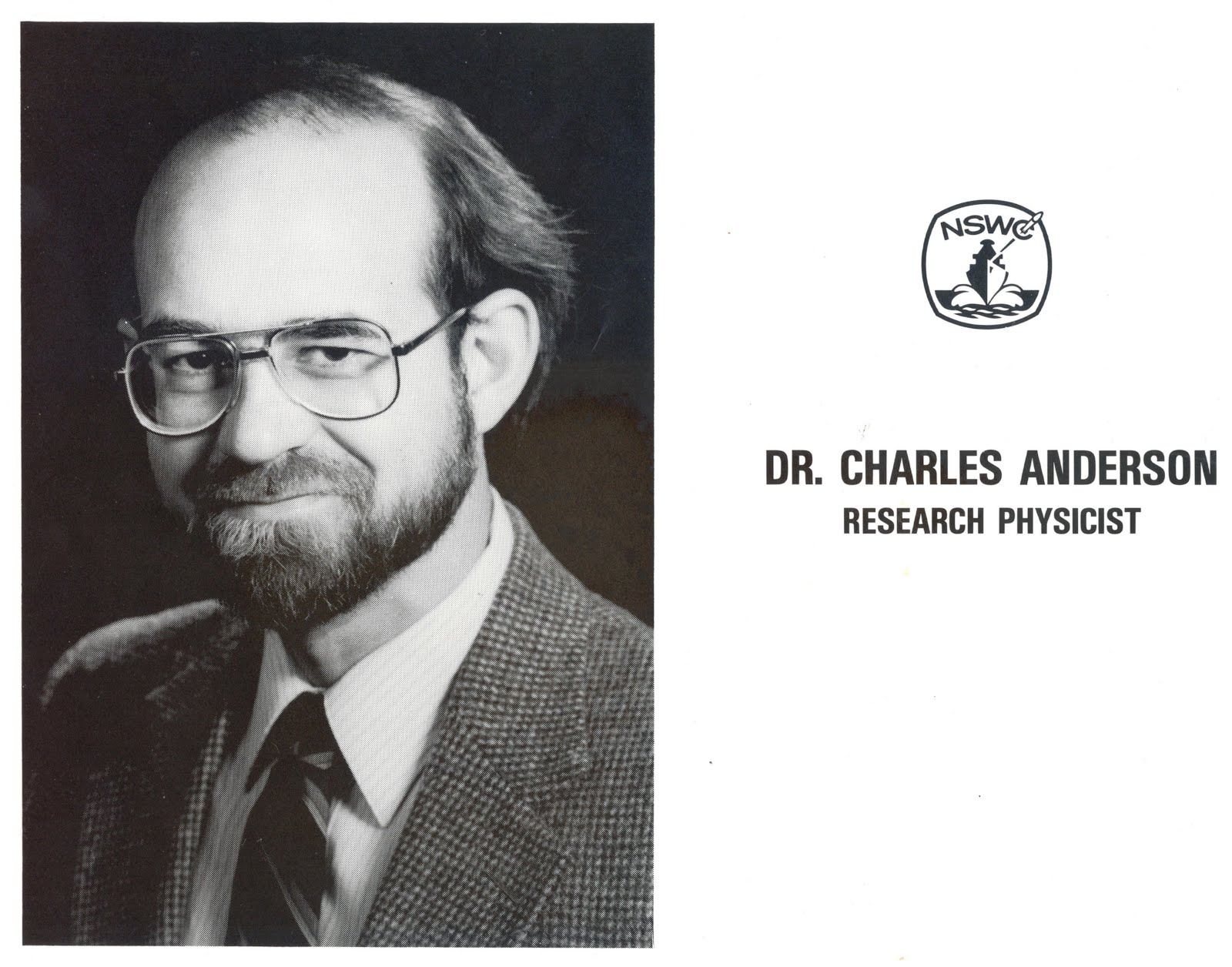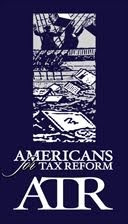26 April 2010
Excessive Recycling
A great deal of taxpayer money is being wasted by many local governments on excessive levels of waste material recycling according to J. Winston Porter, President of the Waste Policy Center. It turns out that excessive recycling may not only be an unwise use of your personal time, but it can be more environmentally damaging and costly than dumping waste into landfills.
From 1985 to 1989, Dr. Porter was the Assistant Administrator for Solid Waste and Emergency Response at the U.S. Environmental Protection Agency (EPA). In this capacity, he served as the national program manager for the Superfund and RCRA (Resource Conservation and Recovery Act) programs. He set an EPA goal at that time for 25% recycling of all municipal solid waste (MSW).
Porter supports the recycling of about one-third of MSW. This is about the national rate of recycling now. The EPA has set a target of 35%. In the Washington Metro area, several counties are recycling at higher rates. Montgomery County recycles 44.2% of its MSW, Arlington County recycles 42.8%, and Fairfax County recycles 40% of its trash.
Montgomery County has a formal goal to recycle 50% of MSW and forces every county business to file a recycling report every year with the county. It spends $18.8 million a year on residential recycling pick-ups alone. It also runs ads in Spanish on Fox News telling Spanish speakers listening to Fox News in English that it is the law that they must recycle in Montgomery County! Much more is spent on commercial education and enforcement, recycling center operations, and other programs. The Montgomery County Recycling Chief, Eileen Kao, does not know what the total cost is. This is rather reminiscent of the school board not knowing what the public school cost per student is in the county! Taxpayer money is just too easy to come by for anyone to worry very much about how it is spent. Recycling in the Democrat suburbs of the area is popular, even if it is carried out beyond rational levels.
Porter notes that landfills are readily available in most of the country and they are now much safer and cleaner. They are better located, much hazardous waste is now excluded, there are methane gas and surface water controls, and nearby ground water is better monitored. Liners and leachate collection systems are used in most new landfills. Much of our trash can now rest peacefully in landfills with no real environmental consequences.
Kenneth Green, an environmental scientist at the American Enterprise Institute, says that recycling aluminum cans and white office paper usually makes sense. However, recycling much of the remaining trash is neither environmentally nor economically sensible. For instance, recycling glass, as we must do in Montgomery County, makes no sense. Ground glass is essentially sand, so it can sit peaceably in landfills. Recycling this heavy material with movement in trucks and processing for reuse, costs more energy than the use of sand to simply make new glass. But, local governments that want bragging rights for their high recycling percentages, love recycling glass because it is relatively heavy and the goals are measured by weight!
According to the EPA, in 2008, about 56% of paper was recycled, 7.1% of plastic, 23.1% of glass, and 21.1% of aluminum. About 33.2% of all waste was recycled. The bulk of the paper is either corrugated boxes, of which 70% was recycled in 2002, or newspapers, of which 62% was recycled in 2002. In 2002, only 54% of office paper was recycled and 47% of aluminum. Interestingly, the white office paper that makes the most sense to recycle was less recycled than corrugated boxes and newsprint. Another interesting observation is that aluminum does make sense to recycle, but the recycling of aluminum in 2008 was at a 21.1% level, which was less than half what was recycled in 2002 when 47% was recycled! There is a curious inversion of logic here. The more sense it makes to recycle a material, the less likely it is to be recycled! Glass, newsprint, and corrugated boxes are more likely to be recycled than aluminum! This is likely to be due to a simple fascination with bulk and weight, as opposed to economics.
Many states have set recycling goals at percentages well above rational levels. Among these are:
At 70%: Massachusetts, Rhode Island
At 65%: New Jersey
At 55%: Maine
At 50%: California, Colorado, Connecticut, Delaware, Hawaii, Illinois, Indiana, Iowa, Minnesota, Nebraska, New Mexico, New York, Ohio, South Dakota, Vermont, West Virginia
At 45%: District of Columbia
At 40%: Arkansas, Maryland, Missouri, New Hampshire, North Carolina, North Dakota, Texas
One area of good news is that since 1990, the generation of MSW has increased at about the same rate as the population has. From 1980 to 1990, there was an increase of MSW by 34.9%, while the population grew by only 10.1%! Thanks in good part to significant weight reductions in the packaging of products, the amount of waste per person has not increased since 1990. In 1980, a 2-liter PET bottle weighed about 65 grams, but in 2002, it was only 47 grams. An aluminum can in 1980 weighed 19 grams, but in 2002 it was down to 13 grams. A glass soda bottle went from 255 grams to 165 grams. A steel, tin-coated soup can went from 48 to 35 grams. A half-pint milk carton dropped from 14 to 9 grams from 1980 to 2002. In most cases these reductions in materials use required improved materials and improved processing of materials. This is work my laboratory plays a role in with its materials characterization, failure analysis, and quality control services.
Subscribe to:
Post Comments (Atom)































































No comments:
Post a Comment